Arizona officials focus on safely disposing of Rx drugs
PHOENIX – Doctors dole out millions of prescriptions for powerful painkillers – from oxycodone to fentanyl – every year in Arizona. Thousands of pounds go unused.
State and local officials have worked to convince both consumers and those in the medical field to turn in these leftover narcotics to a designated source so they can dispose of them the safest way: incineration.
Turning them in also helps keep these drugs out of the wrong hands. Arizona faces a growing opioid epidemic: In 2015, more than 400 people died in the state from an overdose of prescription pain relievers, according to the Arizona Department of Health Services.
On the consumer side, state and local officials have held numerous “take-back” events, set up drop-off locations at police stations and pharmacies across the state, and issued guidelines to the public on how to safely dispose of their medications. Residents turned in more than 12,000 pounds of drugs at a Drug Enforcement Administration take-back event in April.
“It’s working,” said Dr. Keith Boesen, director of the Arizona Poison and Drug Information Center. “Arizona, I think, is fairly aggressive and unique in really wanting to address this problem.”
Yet, many consumers still toss unused medications in the trash or flush them down the toilet, where they could end up polluting the water supply. Some pharmacies and health care facilities have medication that slips through the cracks, and workers face penalties for diverting the drugs, where they could land in the hands of abusers.
Nobody really knows how many drugs aren’t disposed of properly. But a 2014 report from the Senate Environmental Quality Committee in California suggested hundreds of millions of pounds of prescriptions are flushed nationwide.
“A 2004 patient survey revealed that only 2 percent used all medication prior to expiration, and that 90 percent disposed of their medications in the trash, toilet, or sink,” the report said. “Most estimates suggest that 3 to 50 percent of prescriptions become waste.”
Officer Joe Bruno of the Phoenix Police Department said the Mountain View Precinct, near 20th Street and Maryland Avenue, takes back large quantities of drugs. Although the department designates bins specifically for prescription drugs, Bruno said people drop off anything and everything – even if the bin’s labeling explains banned substances.
“Anything you can think of is thrown in there,” Bruno said. That includes liquid cough syrup, syringes and even multivitamins.
The department has taken steps to cut back on the amount of improperly disposed prescriptions for several reasons.
“We offer this to make sure we cut back the amount of narcotics out there, especially right now with teen use,” Sgt. Mercedes Fortune said. “We’re trying to minimize that, obviously. We also partnered up with the water department to make sure that those drugs do not go into the water system as well.”
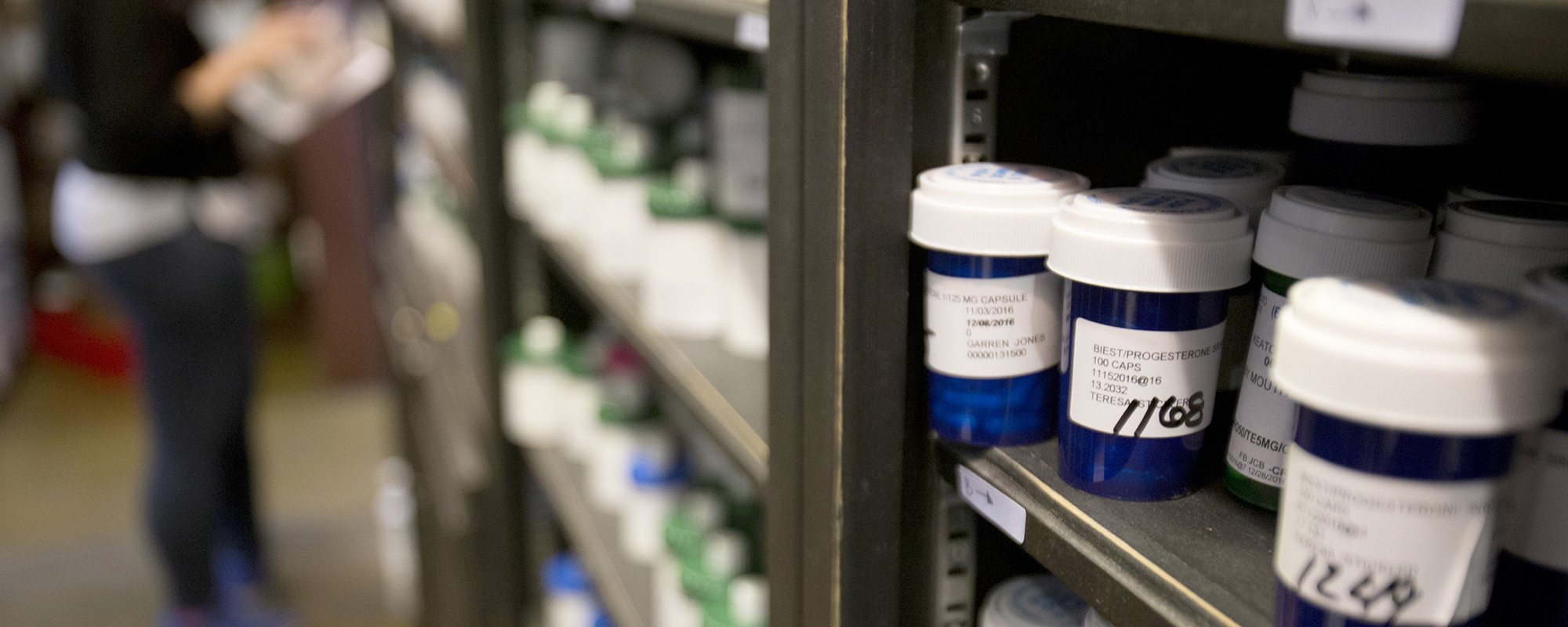
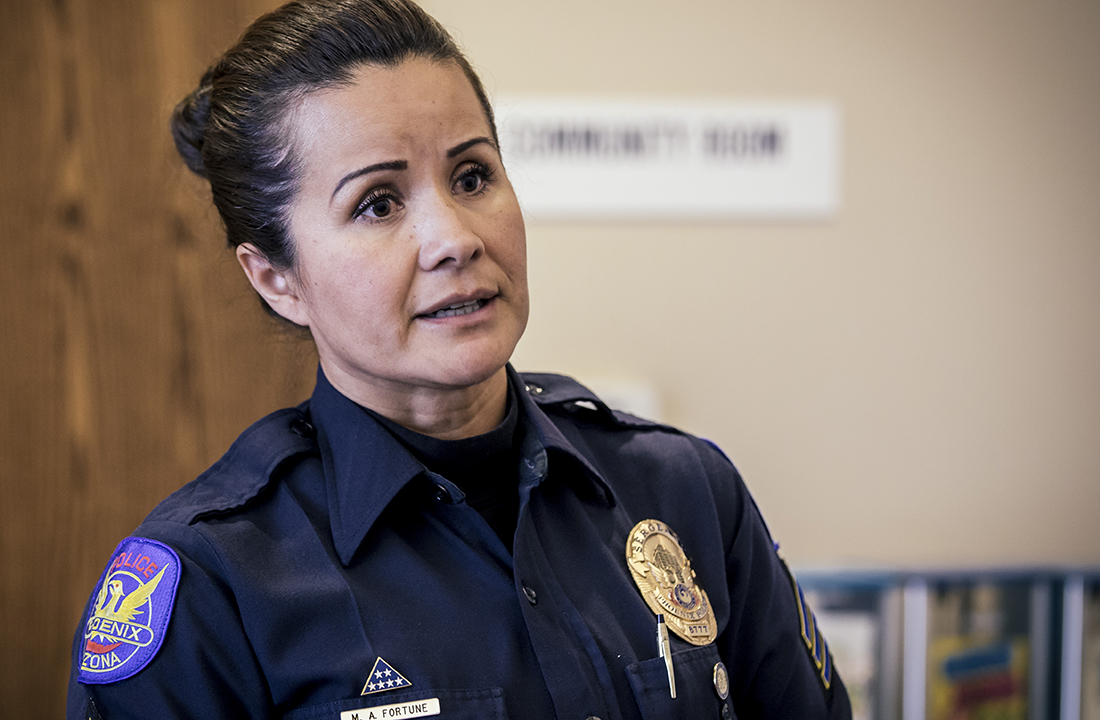

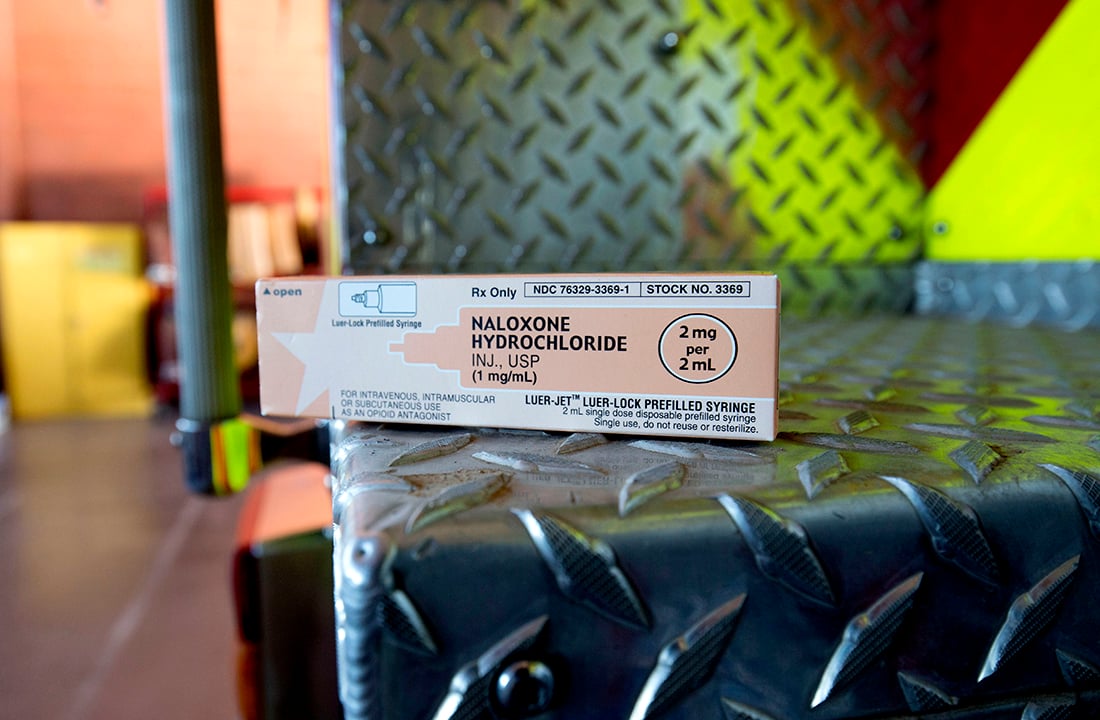
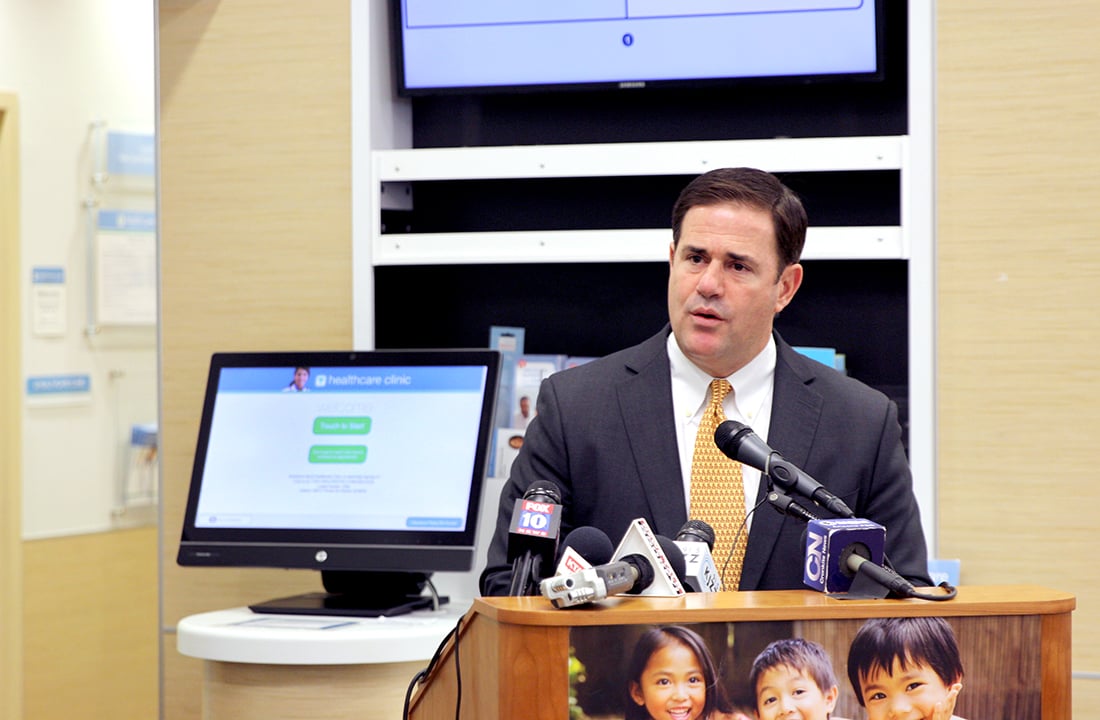
.jpg)
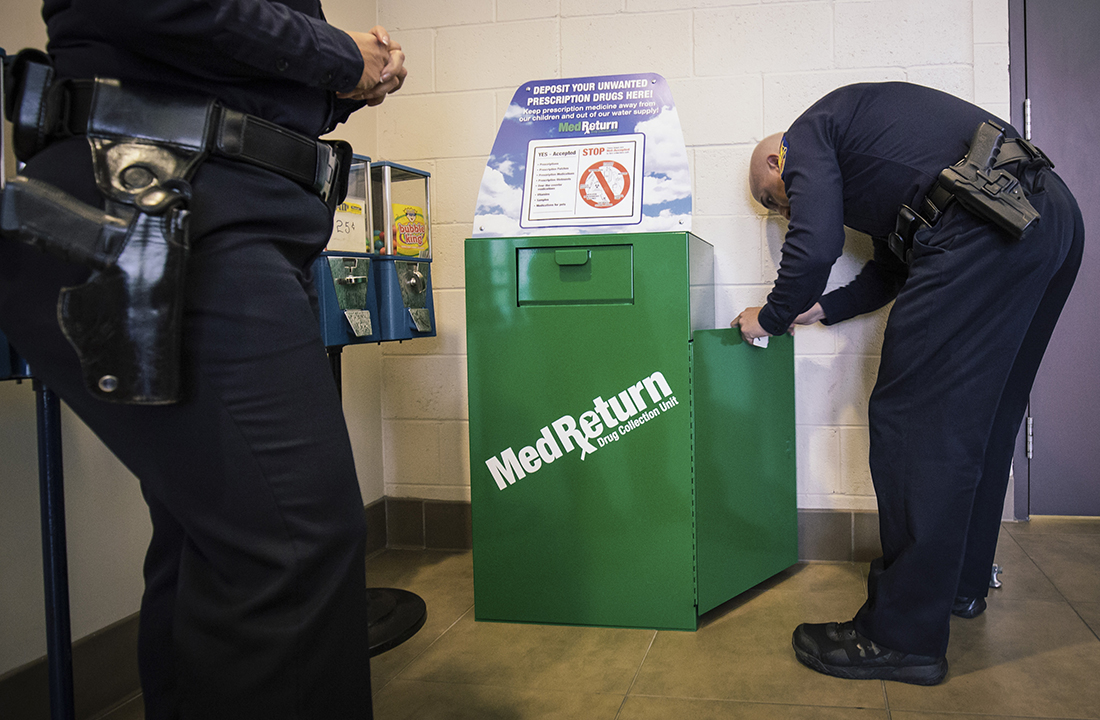
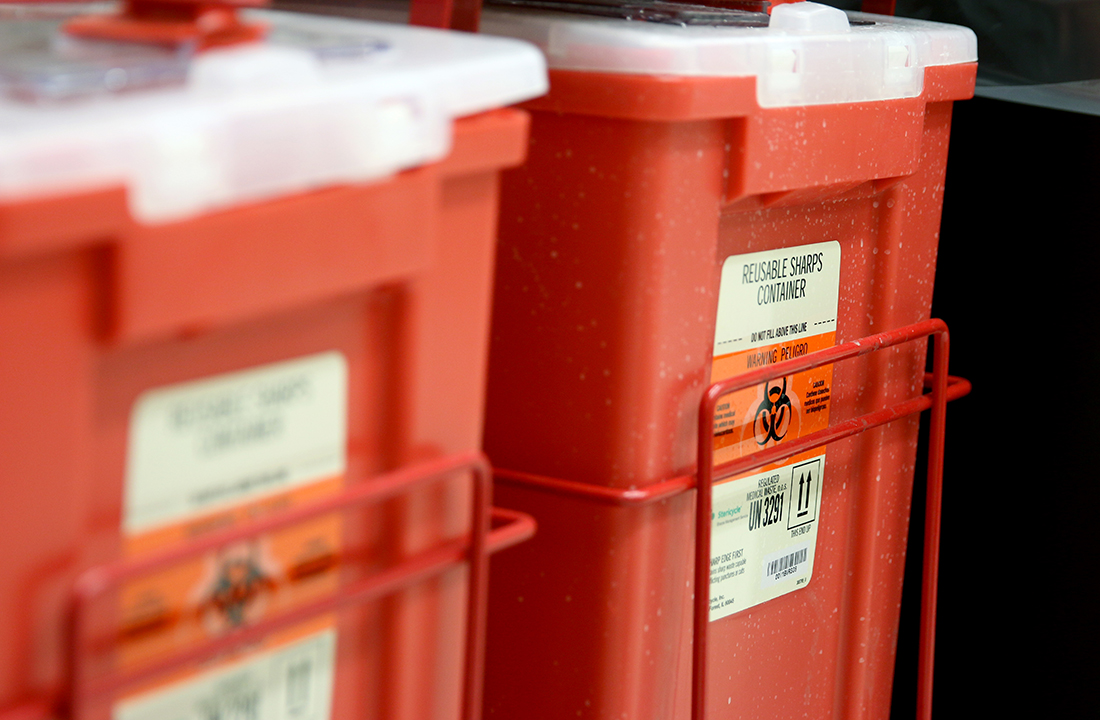
CONNECT WITH US
Connect with our reporters and editors through social media, or call or email an editor from our contacts page.
Sign up for daily headlines